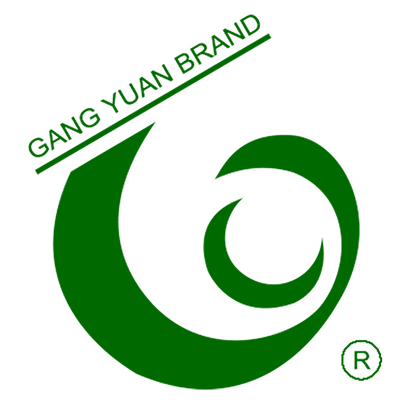Is it masking tape or masking tape?
Unraveling the Origin of Masking Tape: A Historical Perspective
Masking tape is a widely-used adhesive tape that serves multiple purposes, both in household and professional settings. While people are familiar with its uses, not many are aware of its fascinating history. Understanding the origins of masking tape can shed light on its evolution and why it remains indispensable for various applications today.
To begin our journey into the tape's past, we must travel back to the early 20th century when the first version of masking tape was invented. Richard Gurley Drew, a young engineer working at Minnesota Mining and Manufacturing Company (now known as 3M), had the brilliant idea of creating a pressure-sensitive tape that could be used for automotive painters to mask off areas they didn't want to be painted.
Comparing the Various Types of Masking Tape Available
Over time, the original masking tape has undergone improvements and modifications, giving rise to different variations that cater to specific needs. These variations include painter's tape, automotive-grade masking tape, delicate surface tape, high-temperature tape, and more. Each type possesses distinct characteristics that determine its suitability for particular applications.
Painter's tape, for example, is specifically designed to provide clean removal from surfaces without leaving behind residue or damaging delicate paintwork. It ensures sharp paint lines, making it a favorite among homeowners and professional painters alike. On the other hand, automotive-grade masking tape offers superior adhesion and resistance to a wide range of solvents, making it an essential tool for automotive professionals.
Creative Utilizations of Masking Tape in Everyday Life
Apart from its conventional applications, masking tape has also been embraced by the creative community for its versatility. When it comes to DIY projects or art endeavors, masking tape can be an invaluable ally. Its ability to adhere temporarily to surfaces and be easily removed without leaving marks or damaging the underlying material allows for endless possibilities.
One popular creative use of masking tape is in wall murals. By combining different widths and colors of tape, artists and homeowners can create geometric patterns and bold designs that can transform a space. The tape can also be utilized in crafts, such as making paper or cardboard stencils for intricate designs.
Tips for Properly Using Masking Tape for DIY Projects
While the uses of masking tape may seem straightforward, there are essential tips to ensure optimal results for various DIY projects. Firstly, preparing the surface before applying tape is crucial. It should be clean, dry, and free from dust or debris to ensure proper adhesion. Using a primer or base coat can also enhance the tape's performance.
Choosing the right type of tape for the project is equally important. Delicate surface tape is recommended for delicate surfaces like wallpaper or freshly painted walls, while high-temperature tape is ideal for projects involving heat, such as soldering or painting near a heat source. Additionally, applying the tape with enough tension but not stretching it excessively ensures a clean edge and prevents seepage of paint or other materials.
The Future of Masking Tape: Innovations and Sustainability Efforts
As technology advances to meet the demands of a fast-paced world, the humble masking tape is not left behind. In recent years, manufacturers have been developing eco-friendly versions that are biodegradable or made from recycled materials. These innovations aim to address the growing concerns about sustainability in various industries, including construction, painting, and manufacturing.
Furthermore, advancements in adhesive technology have led to the creation of tapes with improved performance. Some tapes offer excellent durability, even in extreme conditions, while others boast unique attributes such as water resistance or increased UV resistance. By continuously pushing the boundaries of innovation, the future of masking tape remains promising.
In conclusion, masking tape's journey from its origin as a solution for automotive painters to its diverse range of applications today has been both remarkable and noteworthy. Its versatility, adaptability to various surfaces, and ease of use have made it an indispensable tool in homes, workshops, and industries worldwide. As technology continues to evolve, we can anticipate further developments that will enhance its capabilities, sustainability, and overall performance.







